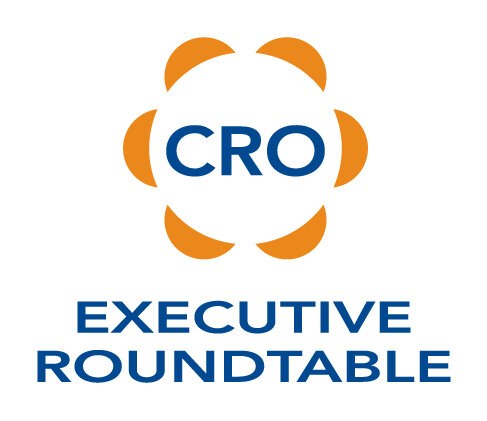The annual business planning event for many companies typically wraps up this time of year. Organizations survive weeks (or even months) of spreadsheet aerobics only to end up with a doc that has the shelf life of a typical sales forecast.
Working with our RoundTable companies over the years, we realized many companies were still using some variant of the traditional planning cycle where sales first defined the top line number so the internal games to secure the largest department budget possible spontaneously commenced. When the projected bottom line was not acceptable, everyone was tasked for more contribution - sales had to increase the top line and other departments had to reduce spending.
Fast forward to today’s world of non-stop global disruption, the real challenge has become projecting & growing the top line number. Buyer profiles and decision behaviors are changing, overall customer experience (CX) is driving more vendor selections and everything is viewed as a commodity. When we host biz plan reviews with our member companies, we start with a plan profile from the market view. Every business is the convergence of 3P’s – People, Process and Product.
People Process Product
Talent Levels Accountability Customer Experience (CX)
Skills Culture Differentiating Value
The real goal is to move the 3P’s from an inside-out focus to an outside-in planning process by defining what the market wants / needs in all 3 categories for the business to be successful. Every business has a “gap” between the fixed structure of the business and the dynamic structure of the market. The more successful businesses use an outside-in planning process to reduce that gap.









